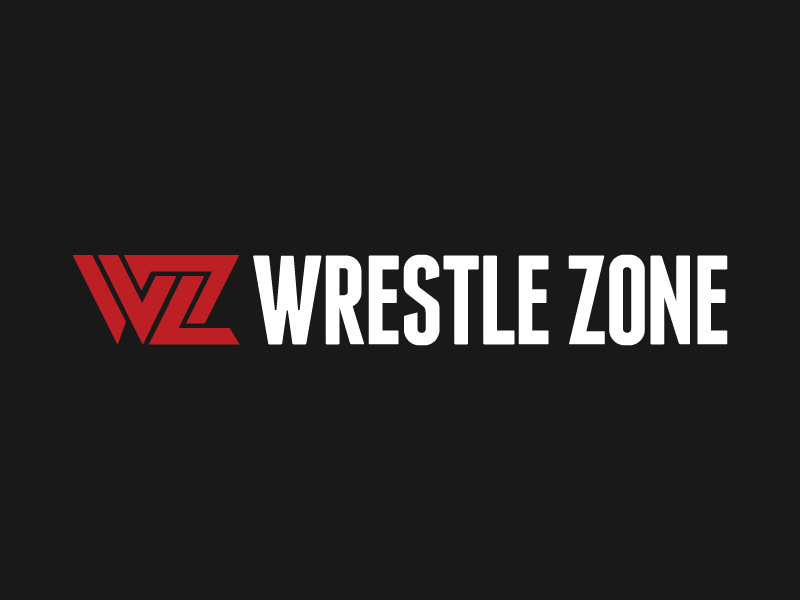Humans only use 10% of their brains. We can only hypothesize what the other nine tenths are used for; various theories and studies prove their own strange and obscure ideas. Telepathy and alternate personalities are all possibilities, however the most plausible theory is that this void of thought isn’t void at all, but instead perpetually processing the unseen goings on that we encounter on…





